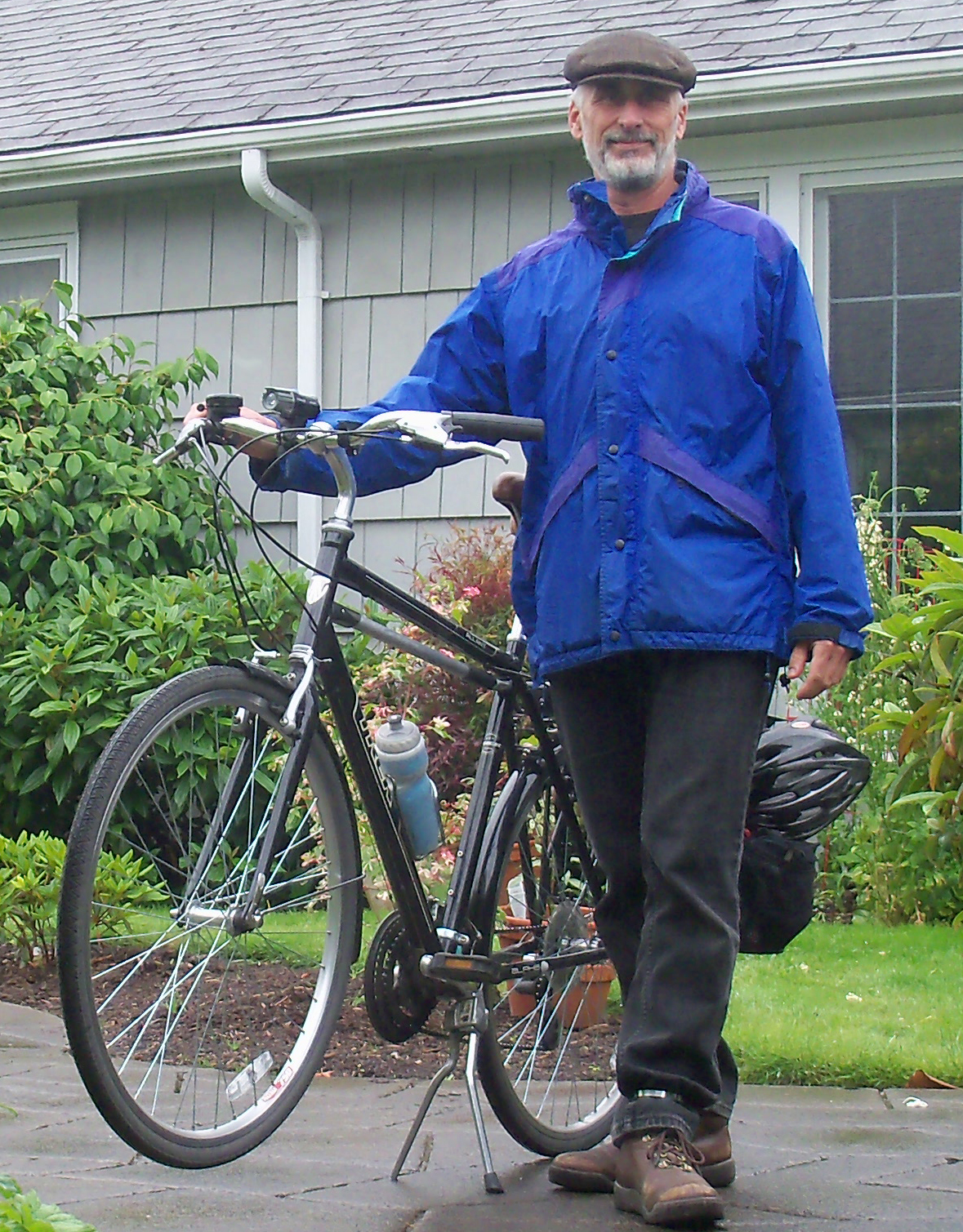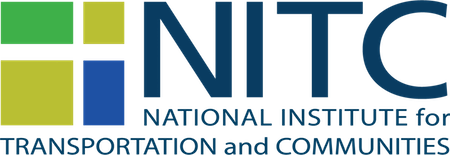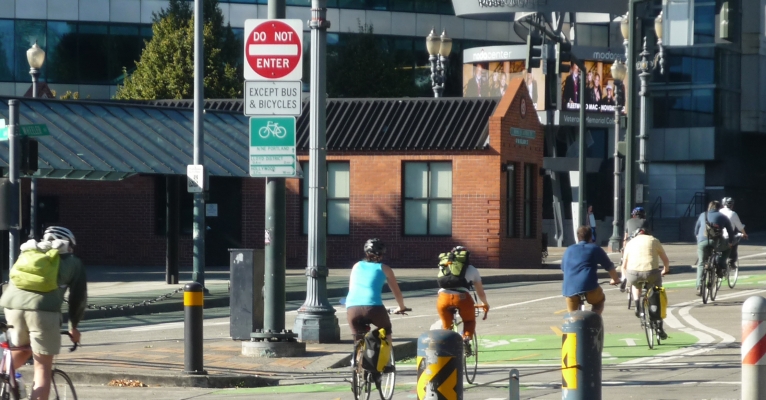View slides
Watch video:
The City of Portland and the Metropolitan Region have strong policies in place to encourage transportation through means other than the single-occupancy vehicle. Both governments have numeric goals for the proportion of trips to be made by walking, bicycling, transit, shared vehicles, working at home and driving alone. Indeed, the City of Portland desires that by 2035 no more than thirty percent of commute trips be made by people driving alone. Similar policies have driven transportation planning in the city and region for decades.
To understand if these policies will be effective it's necessary to understand whether their antecedents have been effective. The Portland region has been investing in transit, bicycling and walking for more than two decades? Are we moving the needle? Have we been effective?
Roger's presentation will take a look at regional data for the period 2000-2014 to assess the effectiveness of our efforts and use that information to suggest pathways forward.
 Roger Geller has been Portland, Oregon’s bicycle coordinator since 2000...
Roger Geller has been Portland, Oregon’s bicycle coordinator since 2000...

